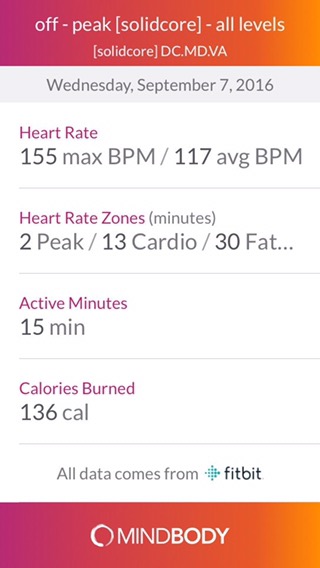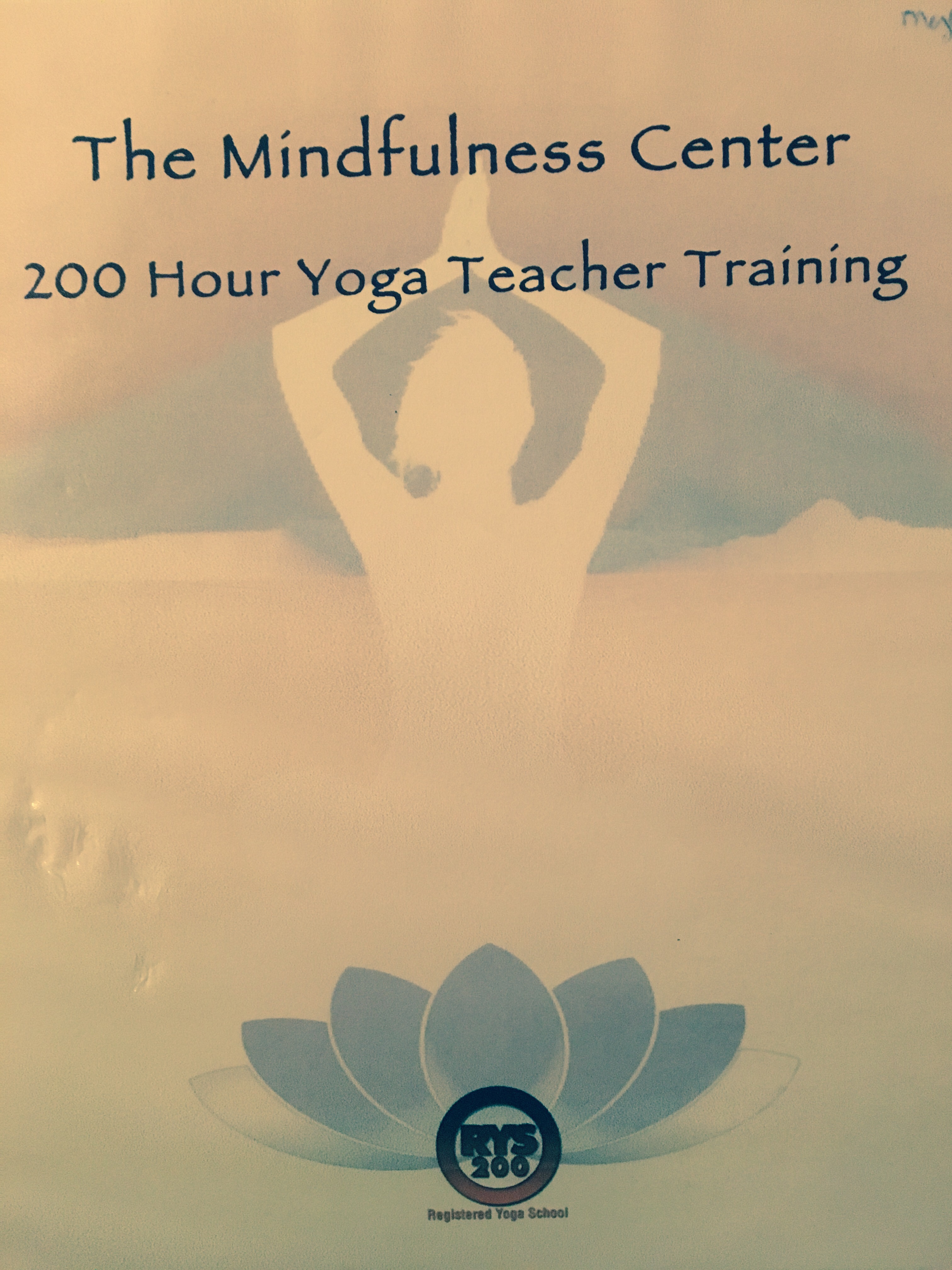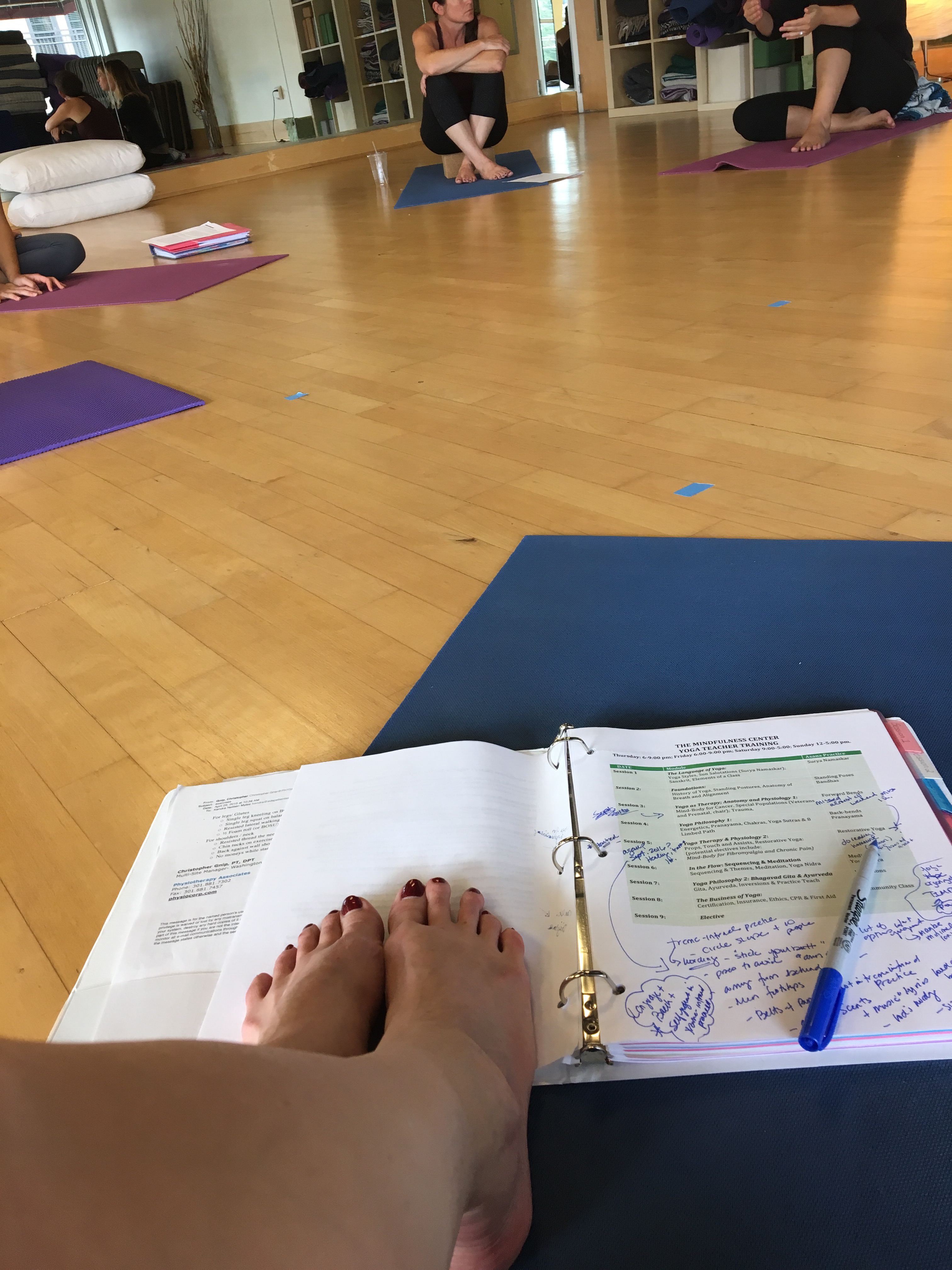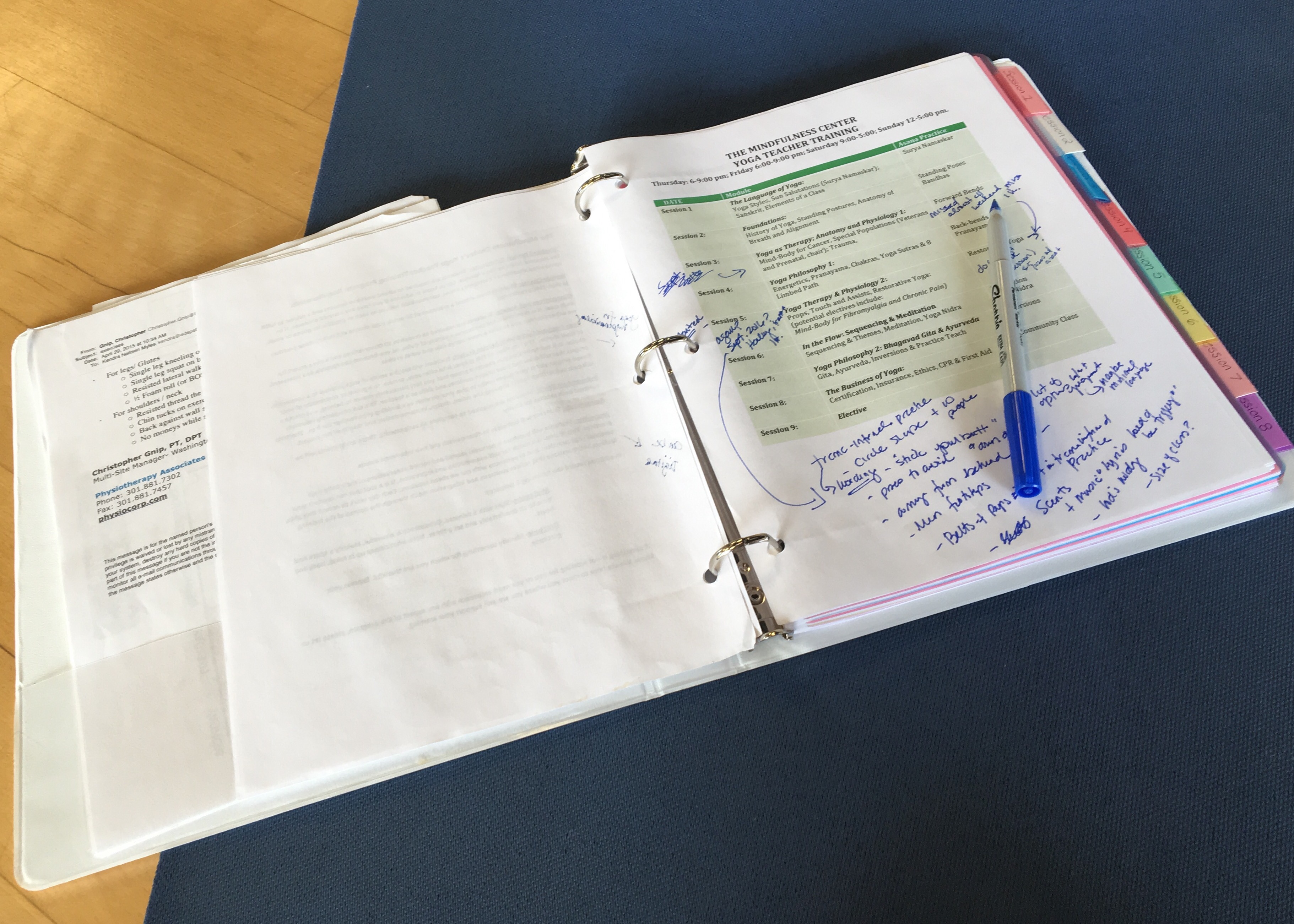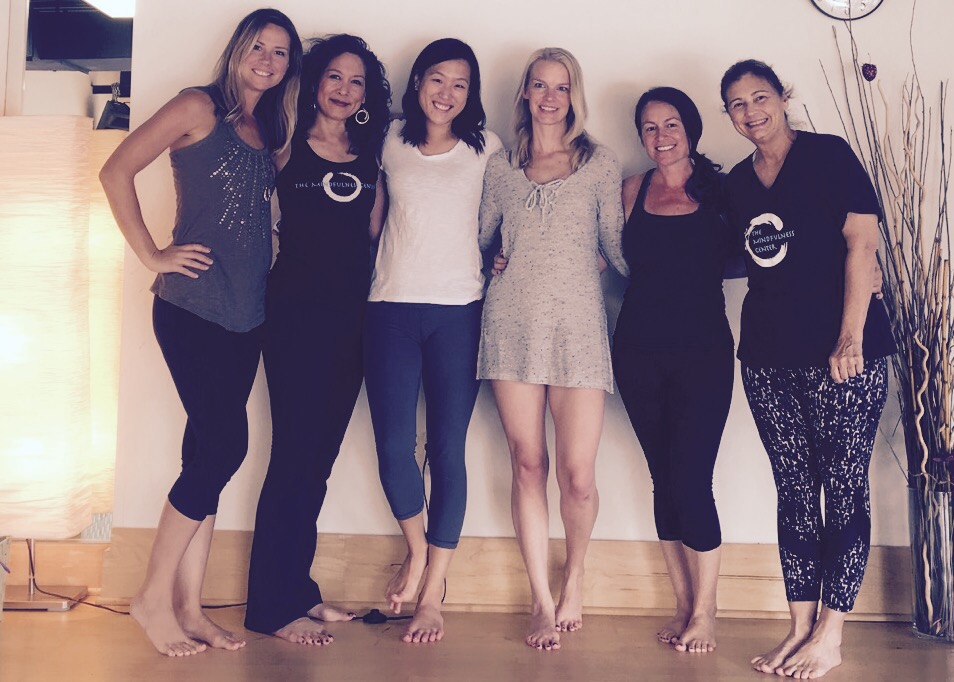“I have been given this product as part of a product review through the Chronic Illness Bloggers network. Although the product was a gift, all opinions in this review remain my own and I was in no way influenced by the company.”
THE MAGNIFICENT ESSENTIAL OIL DIFFUSER BY ORGANIC AROMAS
I love aromatherapy products, but I’ve not purchased or used a diffuser before. Previously, I’ve used candles, incense, heated candles, various other aromatic products, such as heated oils, plug-in air fresheners, and more. In fact, at some point in my marriage, I was forbidden from buying any more candles, for fear that I may leave one lit, and when you have children — it’s just not worth it. Thank goodness for the invention of the battery-operated candle. The only problem is that battery operated candles look decent, but they do not give off the same smell. I then focused my necessity to have a certain aroma in our home to plug in scented air fresher, which did last a few others — other than when I was pregnant. While pregnant, nothing smelled right, except my aromatherapy candles — which I used when taking baths to help ease muscle and joint pain from carrying 60+ extra lbs on my hypermobile body.
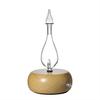 While I’m highly sensitive (and reactive) to smells, I also cannot stand anything that stinks, which is why I appreciate the natural aromas of essential oils. However, I never understood the difference until using the Organic Aromas Magnificent Essential Oil Diffuser, and also studying about essential oils in Yoga Instructor Training (YTT). Since I’ve been in (YTT), I’ve increased the frequency of my yoga practice, which often uses essential oils at the end of class for aromatherapy — something that many massage therapists integrate into their practices as well. In YTT, we’ve learned about essential oils, where they come from, how they are made, their extensive medicinal history, and much more. Of course, not all essential oils are created the same, and it’s important to make sure that you research the ingredients in a bottle that states that it’s essential oil. Many times, synthetic and processed products are used to recreate the same scents that essential oils give off, or pure essential oils are mixed with other synthetic ingredients that can often change not on they way they smell, but their wellness and healing properties as well.
While I’m highly sensitive (and reactive) to smells, I also cannot stand anything that stinks, which is why I appreciate the natural aromas of essential oils. However, I never understood the difference until using the Organic Aromas Magnificent Essential Oil Diffuser, and also studying about essential oils in Yoga Instructor Training (YTT). Since I’ve been in (YTT), I’ve increased the frequency of my yoga practice, which often uses essential oils at the end of class for aromatherapy — something that many massage therapists integrate into their practices as well. In YTT, we’ve learned about essential oils, where they come from, how they are made, their extensive medicinal history, and much more. Of course, not all essential oils are created the same, and it’s important to make sure that you research the ingredients in a bottle that states that it’s essential oil. Many times, synthetic and processed products are used to recreate the same scents that essential oils give off, or pure essential oils are mixed with other synthetic ingredients that can often change not on they way they smell, but their wellness and healing properties as well.
According to the University of Maryland Medical Center’s page on Aromatherapy, Aromatherapy is defined as “use of essential oils from plants for healing. Although the word “aroma” makes it sound as if the oils are inhaled, they can also be massaged into the skin or — rarely — taken by mouth. You should never take essential oils by mouth without specific instruction from a trained and qualified specialist. Whether inhaled or applied on the skin, essential oils are gaining new attention as an alternative treatment for infections, stress, and other health problems.”
Furthermore, the University of Maryland Medial Center continues to explain that “essential oils are concentrated extracts taken from the roots, leaves, seeds, or blossoms of plants. Each contains its mix of active ingredients, and this mix determines what the oil is used for. Some oils are used to promote physical healing — for example, to treat swelling or fungal infections. Others are used for their emotional value — they may enhance relaxation or make a room smell pleasant. Orange blossom oil, for example, contains a large amount of an active ingredient that is thought to be calming.”
BELOW IS ADDITIONAL INFORMATION ON AROMATHERAPY FROM THE UNIVERSITY OF MARYLAND MEDICAL CENTER:
“What is the history of aromatherapy?
Essential oils have been used for therapeutic purposes for nearly 6,000 years. The ancient Chinese, Indians, Egyptians, Greeks, and Romans used them in cosmetics, perfumes, and drugs. Essential oils were also commonly used for spiritual, therapeutic, hygienic, and ritualistic purposes.
More recently, René-Maurice Gattefossé, a French chemist, discovered the healing properties of lavender oil when he applied it to a burn on his hand caused by an explosion in his laboratory. He then started to analyze the chemical properties of essential oils and how they were used to treat burns, skin infections, gangrene, and wounds in soldiers during World War I. In 1928, Gattefossé founded the science of aromatherapy. By the 1950s massage therapists, beauticians, nurses, physiotherapists, doctors, and other health care providers began using aromatherapy.
Aromatherapy did not become popular in the United States until the 1980s. Today, many lotions, candles, and beauty products are sold as “aromatherapy.” However, many of these products contain synthetic fragrances that do not have the same properties as essential oils.
How does aromatherapy work?
Researchers are not entirely clear how aromatherapy may work. Some experts believe our sense of smell may play a role. The “smell” receptors in your nose communicate with parts of your brain (the amygdala and hippocampus) that serve as storehouses for emotions and memories. When you breathe in essential oil molecules, some researchers believe they stimulate these parts of your brain and influence physical, emotional, and mental health. For example, scientists believe lavender stimulates the activity of brain cells in the amygdala similar to the way some sedative medications work. Other researchers think that molecules from essential oils may interact in the blood with hormones or enzymes.
Aromatherapy massage is a popular way of using essential oils because it works in several ways at the same time. Your skin absorbs essential oils and you also breathe them in. Plus, you experience the physical therapy of the massage itself.”
You can read the full article on aromatherapy and essential oils by the University of Maryland by going to http://umm.edu/health/medical/altmed/treatment/aromatherapy.
Here are my top 5 key points about using The Magnificent Essential Oil Diffuser by Organic Aromas: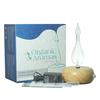
- The diffuser is well-made and beautiful. While I’ve been using The Magnificent Essential Oil Diffuser, Organic Aromas has plenty of designs, and they are all beautiful — something that easily adds to your home decor. Organic Aromas diffusers are 100% hand-made on a wooden lathe, and the glass is beautifully and meticulously blown by a craftsman. Organic Aromas also includes everything you need to get started. Having a well-made diffuser DOES matter.
- Don’t judge the diffuser on the one essential oil that you try first. I wasn’t a fan of the smell of the essential oil scent that came with my diffuser, and either was my husband. However, we’ve since used lavender and several other scents with great success. I love the way the diffuser makes our house smell. And my husband is thrilled to not have candles lit or plug-in air fresheners in each room. I think my kids are quite happy as well.
- Ensure that you are using high-quality essential oils. Just like having a well-made diffuser DOES Matter, so does the quality of the essential oils. It does take a bit of research, because just like supplements, essential oils are not regulated. You have to do your due diligence to find a trusted source for information, and then for where to purchase quality essential oils. Organic Aromas has great quality essential oils to go along with their diffusers in a variety of scents.
- The glass that contains the oils gives off this beautiful rainbow of led lights when it’s turned on; however, the glass and the glass decanter lid is somewhat delicate. Be gentle when taking it off, placing it down to add more oil, and then again when replacing it.
- Don’t be swayed by the nay-sayers – there are a lot out there. As long as you like aromatherapy, and feel that an essential oil nebulizing diffuser is helpful and enjoyable to you, that is what matters. If it works for you, go for it. Enjoy it and be well.
Just to be clear — the comment I made above is not to spark a debate on the pros and cons of essential oils, if they help (or lack thereof), nor is it meant to come across anti-medicine. It’s quite the opposite. I’ve worked in the medical field since I graduated college with a degree in public health from the University of Maryland. The focus of Public Health and Health Education is on all aspects of someone’s health, which in turn promotes overall wellness and a more stable well-being long-term. Public Health and Health Education is also all about disease prevention, versus being reactive after an individual or a population gets shows signs of getting sick. Wellness does not solely come from taking medications and having invasive medical procedures every time something is wrong. What I’ve learned from working in both pharmaceutical and medical device sales, and being actively involved in the Ehlers-Danlos and chronic illness communities, is that there’s so much that we have yet to understand about illness and disease. However, one thing is for sure — “holistic” and “naturopathic quackery” (as I read one article state recently), has a long-standing history in human medicine. Aromatherapy, and using the essential oils and other parts of plants for medicinal purposes, has a been used throughout the evolution of human medicine — much longer than mainstream pharmaceuticals and most widely used medical practices. Plus, where did mainstream pharmaceuticals develop from initially? Plants — Read below.
“Mid-1800s – 1945: From botanicals to the first synthetic drugs[edit]
The modern pharmaceutical industry traces its roots to two sources. The first of these were local apothecaries that expanded from their traditional role distributing botanical drugs such as morphine and quinine to wholesale manufacture in the mid 1800s. Rational drug discovery from plants started particularly with the isolation of morphine, analgesic and sleep-inducing agent from opium, by the German apothecary assistant Friedrich Sertürner, who named the compound after the Greek god of dreams, Morpheus. Multinational corporations including Merck, Hoffman-La Roche, Burroughs-Wellcome (now part of Glaxo Smith Kline), Abbott Laboratories, Eli Lilly and Upjohn (now part of Pfizer) began as local apothecary shops in the mid-1800s. By the late 1880s, German dye manufacturers had perfected the purification of individual organic compounds from coal tar and other mineral sources and had also established rudimentary methods in organic chemical synthesis.[2] The development of synthetic chemical methods allowed scientists to systematically vary the structure of chemical substances, and growth in the emerging science of pharmacology expanded their ability to evaluate the biological effects of these structural changes.”
To read the full history on mainstream pharmaceuticals, go to History of the Pharmaceutical Industry.
Post originally published on Strength/Flexibility/Health/EDS and republished with permission. To read more information about Organic Aromas Products and my full product review, go to Organic Aromas Sponsored Product Review.
***Added comment after product review was originally published – I cannot say enough how much I seriously love this thing. We moved it into our living room and filled it with lavender. There are various speeds you can turn the diffuser on and off, and the slowest one is perfect for a gentle smell. You can leave the diffuser on for a while as well on that setting. It automatically turns off and on, which was something I had not done before. I’m super paranoid about leaving candles, or a diffuser on for fear of burning something out, or causing a fire, etc. However, I love how I can leave the diffuser on while I’m working in my house, and without having to be in the next room watching it or worried that I don’t forget to turn it off. That being said, you do need to make sure that you have enough oil in the diffuser and that you follow the directions as stated.***
Additional Information:
Read more by going to https://organicaromas.com/products/essential-oil-diffuser-magnificent?variant=733093279.
The Magnificent Essential Oil Diffuser is also available in a darker cherry wood
How does a nebulizing diffuser work? https://organicaromas.com/pages/how-does-a-nebulizing-diffuser-work
Read more on Amazon.com – https://www.amazon.com/Magnificent-Nebulizing-Aromatherapy-Organic-Aromas/dp/B00RDY0A9W/ref=sr_1_1?ie=UTF8&qid=1472748738&sr=8-1-spons&keywords=organic%2Baromas
Articles on aromatherapy and essential oils:
Organic Aromas’ article, ‘Can Aromatherapy Help You?’ https://organicaromas.com/blogs/aromatherapy-and-essential-oils/can-aromatherapy-help-you
Benefits of Essentials Oils: http://www.huffingtonpost.ca/2014/07/02/benefits-of-essential-oils_n_5536808.html
A few scientific articles (the 2nd research article is a great):
‘Chemical composition, antiproliferative, antioxidant and antibacterial activities of essential oils from aromatic plants growing in Sudan.’
‘In vitro antimicrobial activity of five essential oils on multidrug-resistant Gram-negative clinical isolates.’
Organic Aromas’ on Social Media!
Organic Aromas’ on Twitter
Organic Aromas’ on Facebook
Organic Aromas’ on Instagram
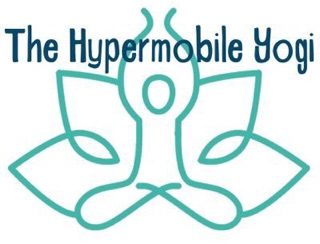

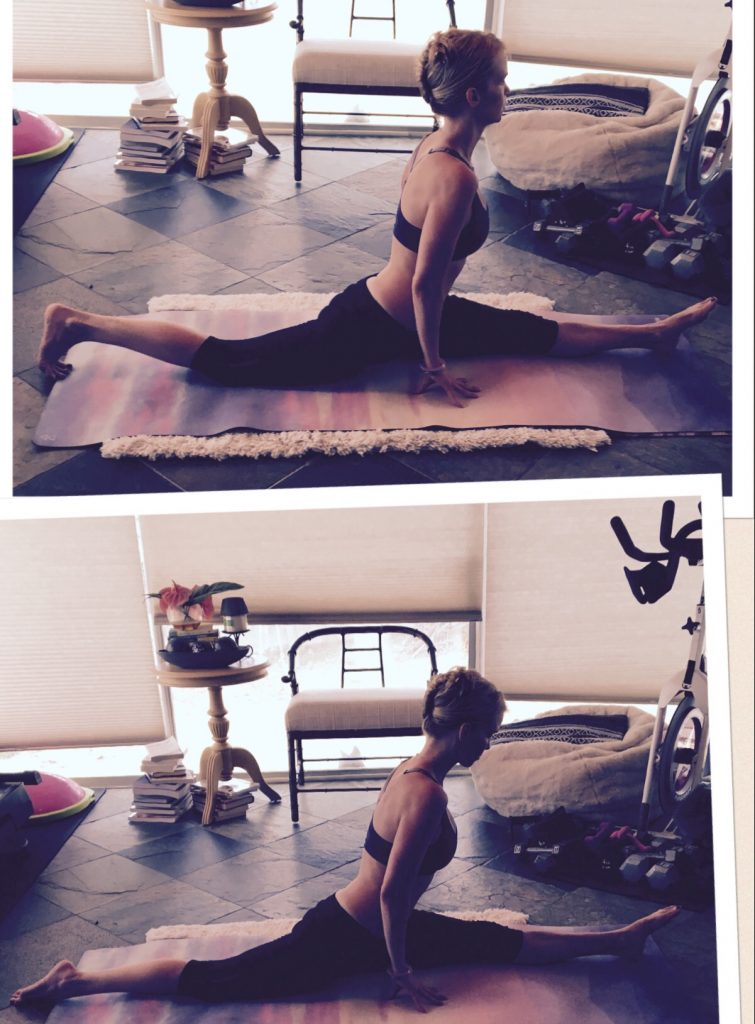

 I started my first business 10+ years ago after I had baby #1 after I was diagnosed with EDS. This business was also started after being on long-term disability from my “career” job, one that I loved, and after facing the decision to accept or decline permanent social security disability at age 27yo. I declined it.
I started my first business 10+ years ago after I had baby #1 after I was diagnosed with EDS. This business was also started after being on long-term disability from my “career” job, one that I loved, and after facing the decision to accept or decline permanent social security disability at age 27yo. I declined it. Over the last 5 years, I’ve taken on more and more projects for the community, published books (
Over the last 5 years, I’ve taken on more and more projects for the community, published books ( I’ve worked on more projects, revamped my main website into a digital wellness magazine for those living with Hypermobility syndromes, such as Ehlers-Danlos syndrome (
I’ve worked on more projects, revamped my main website into a digital wellness magazine for those living with Hypermobility syndromes, such as Ehlers-Danlos syndrome (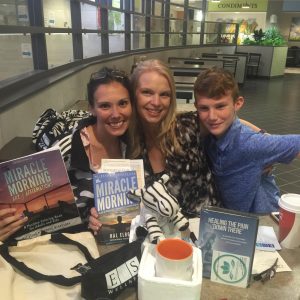
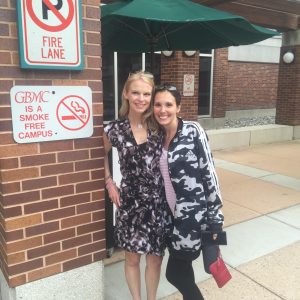
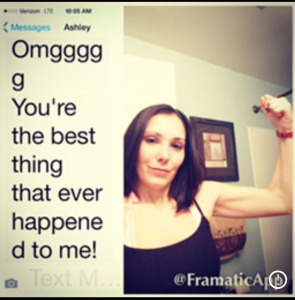
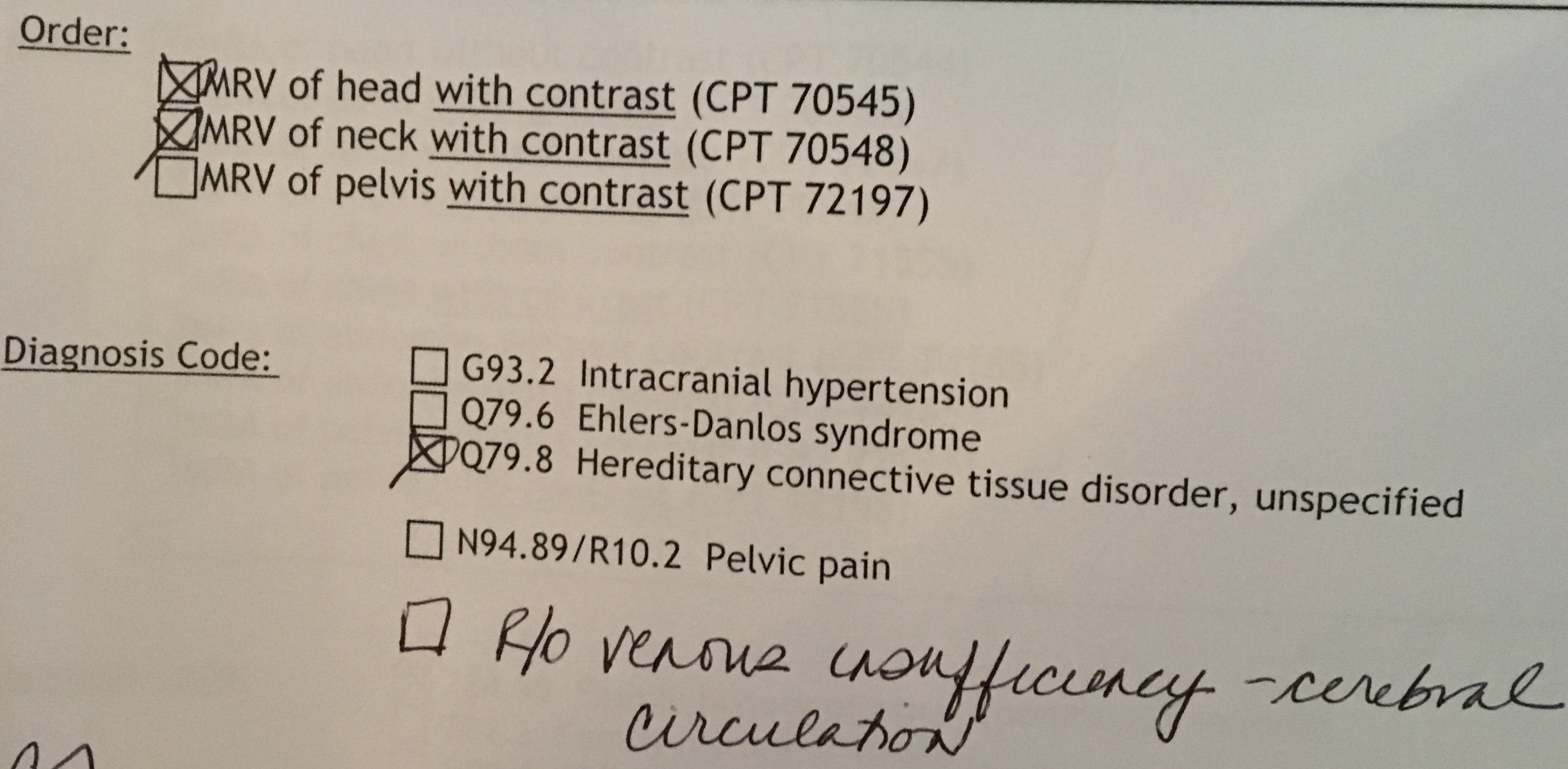
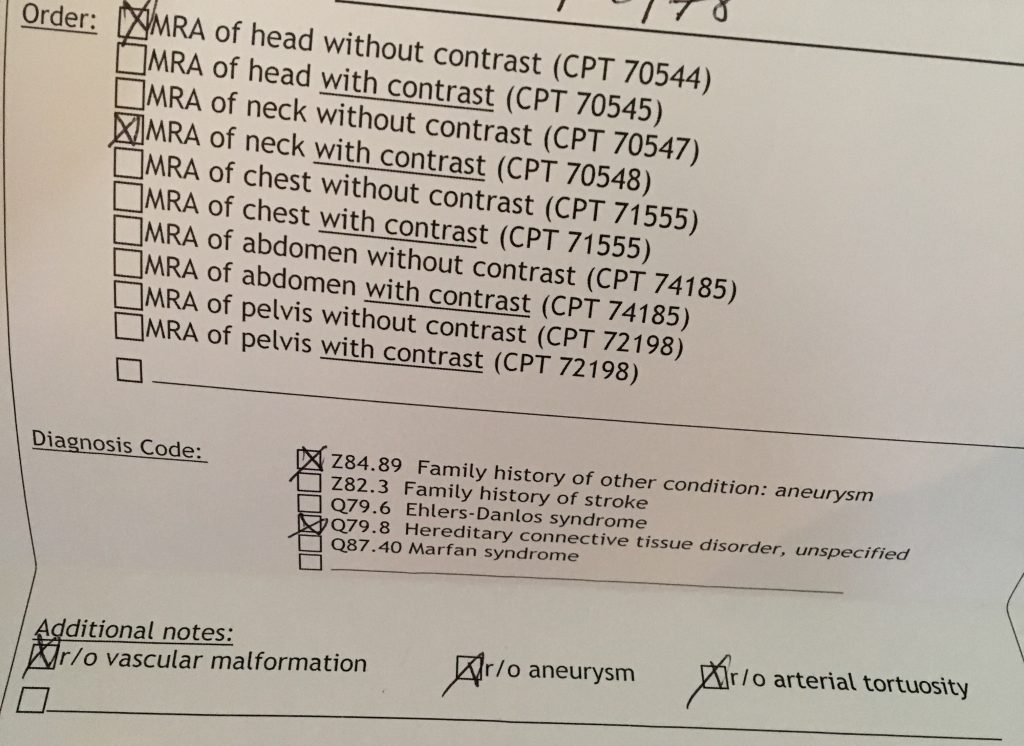



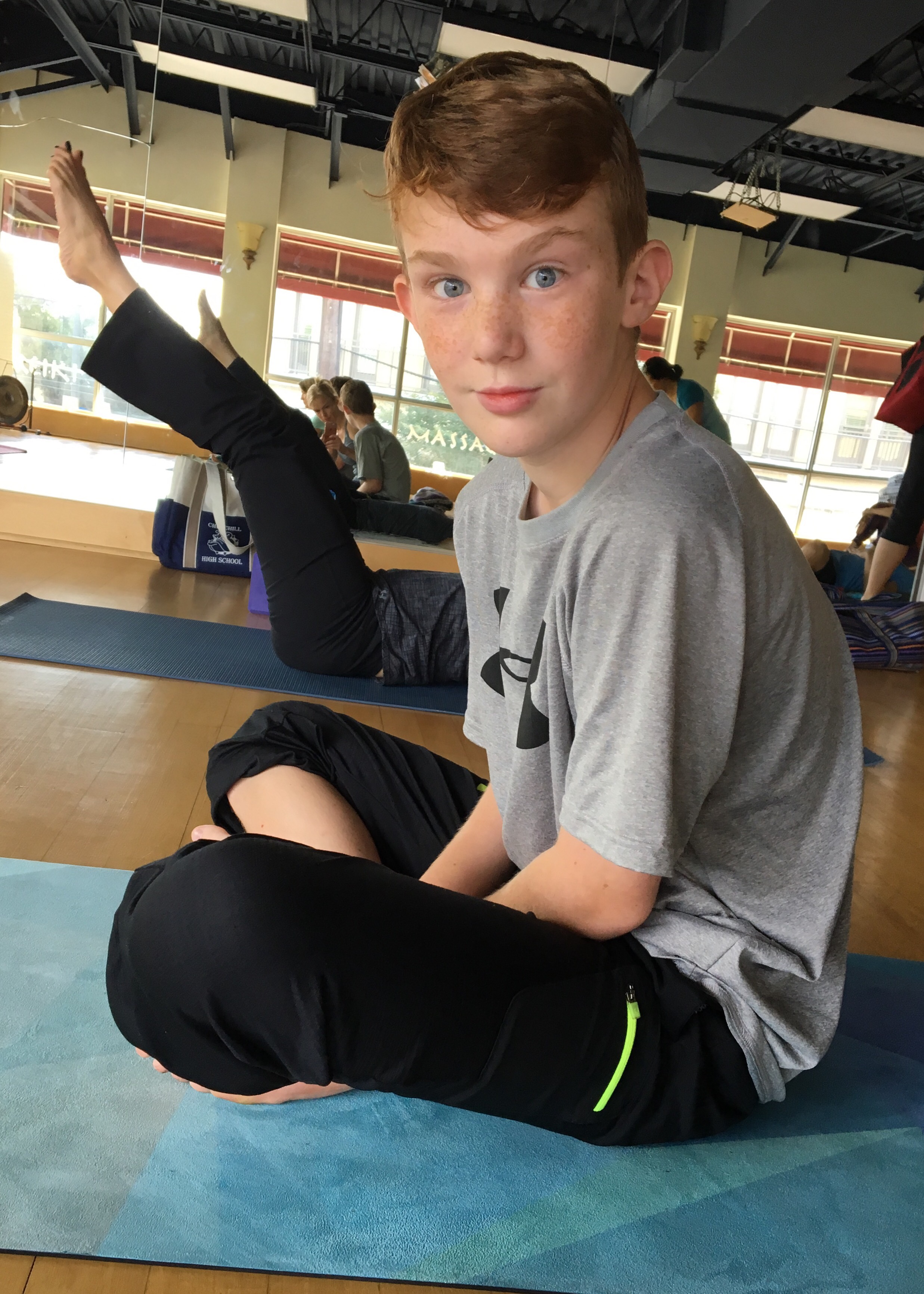




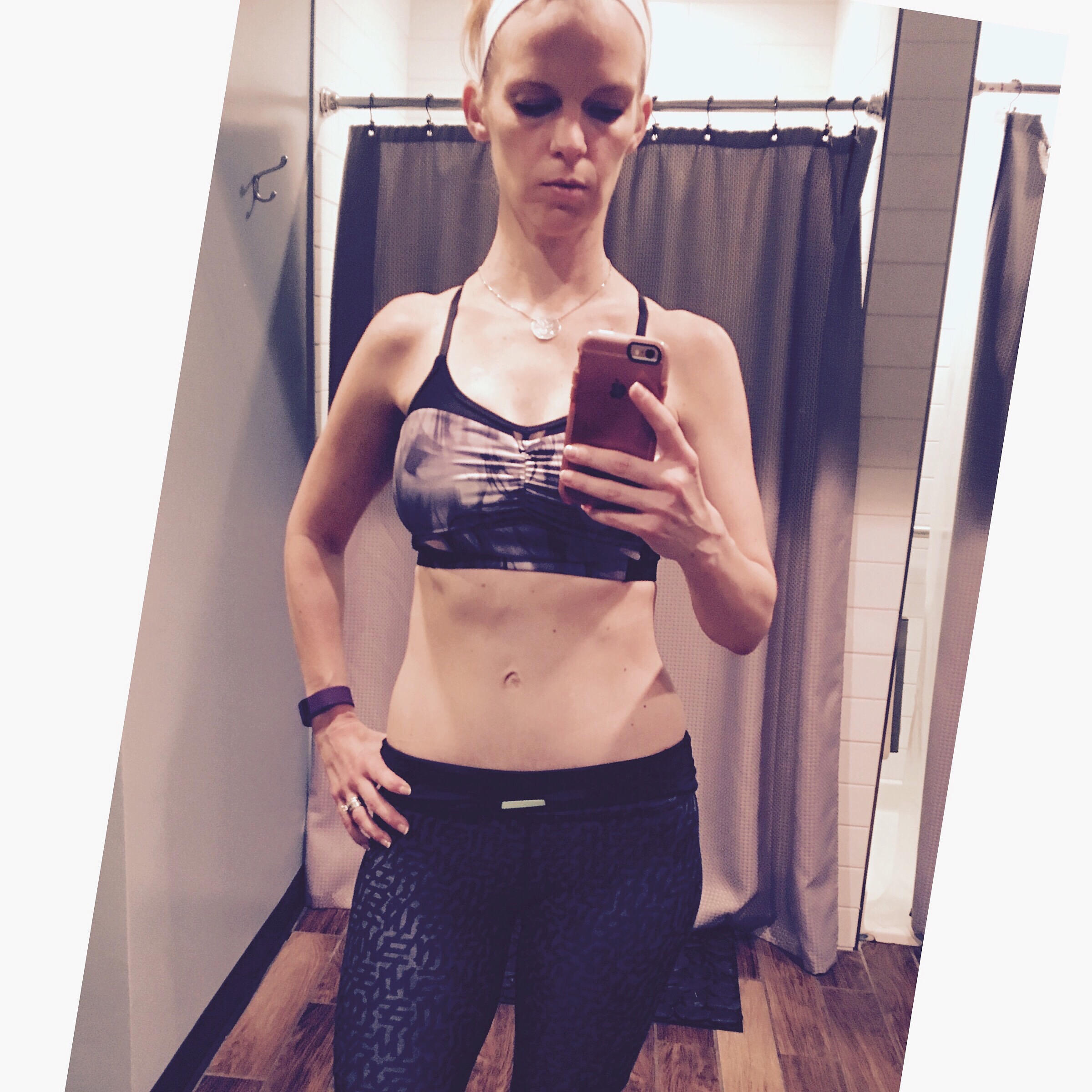
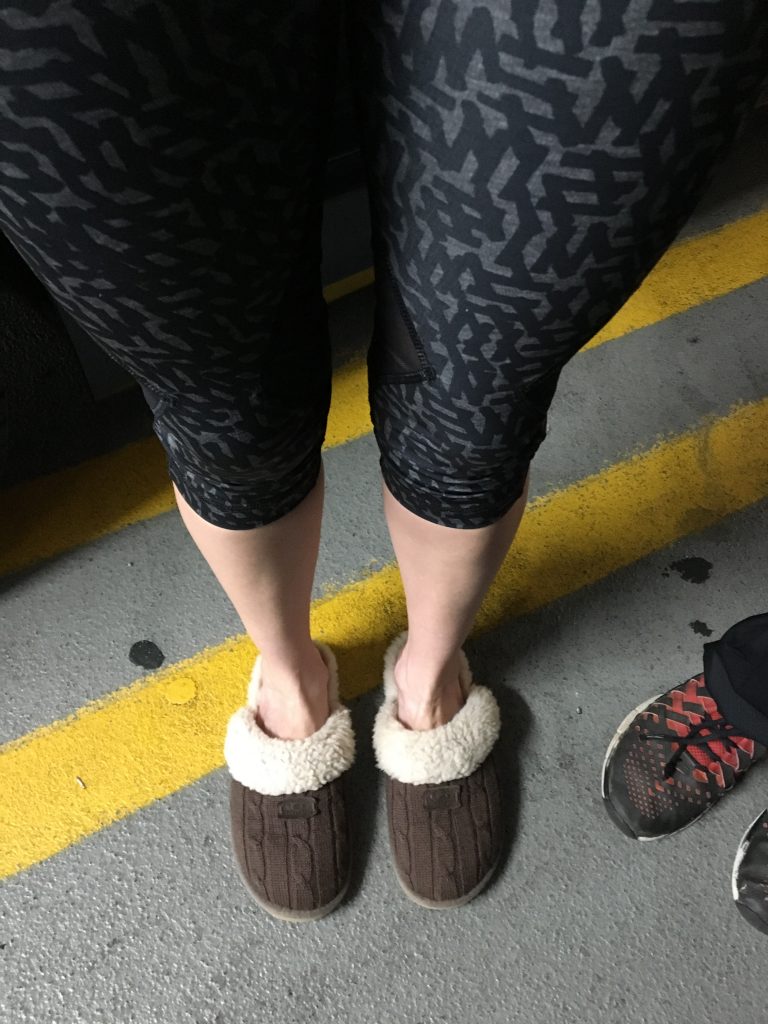
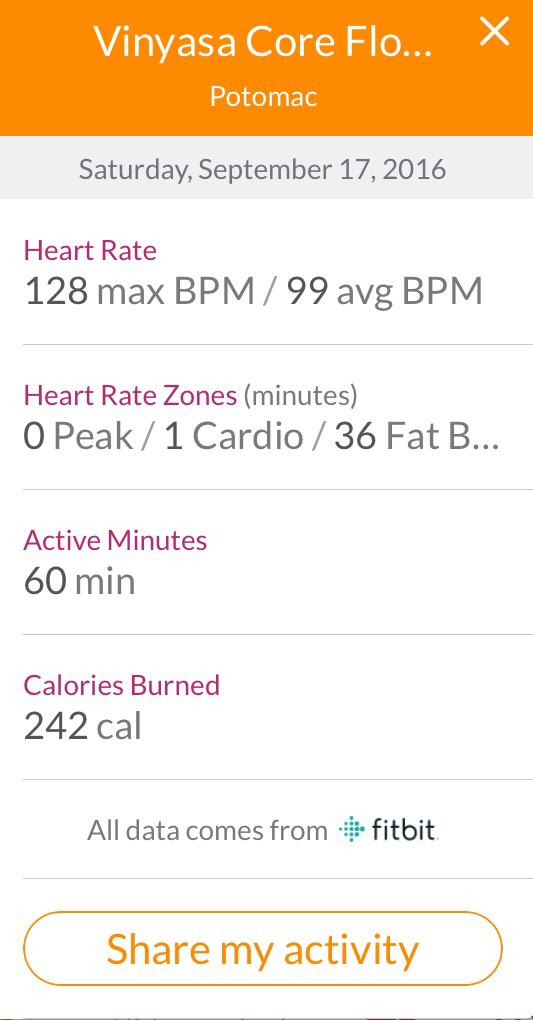

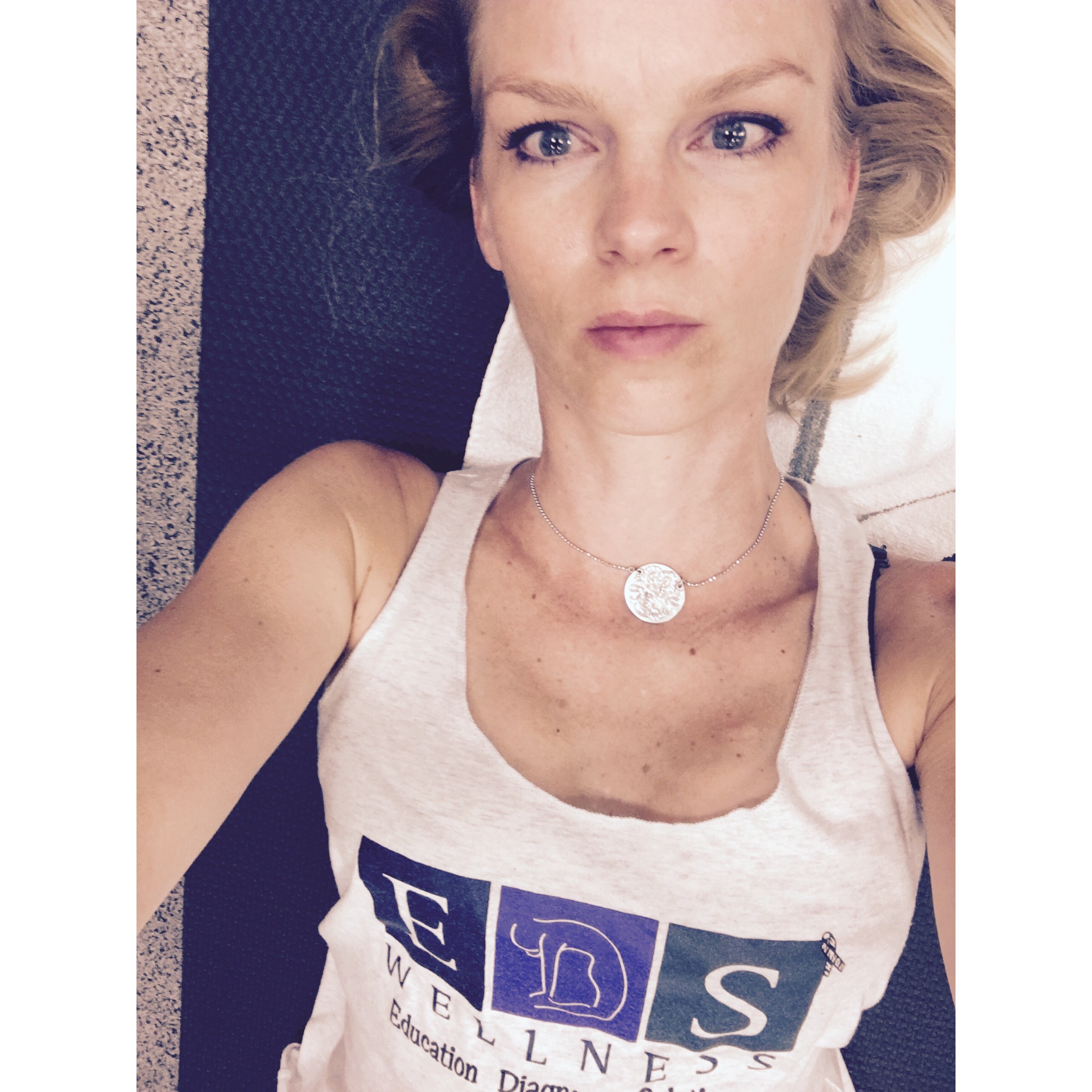
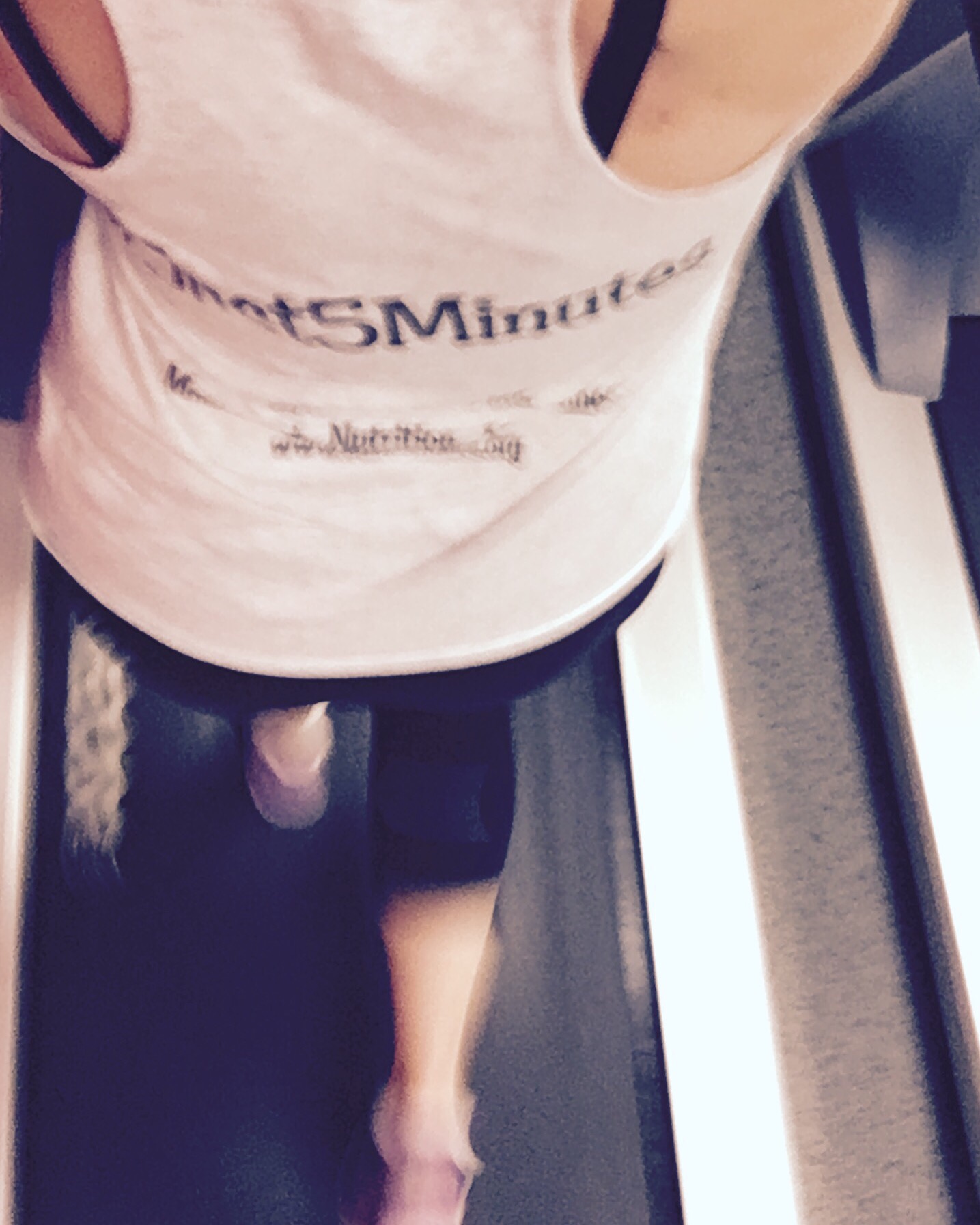
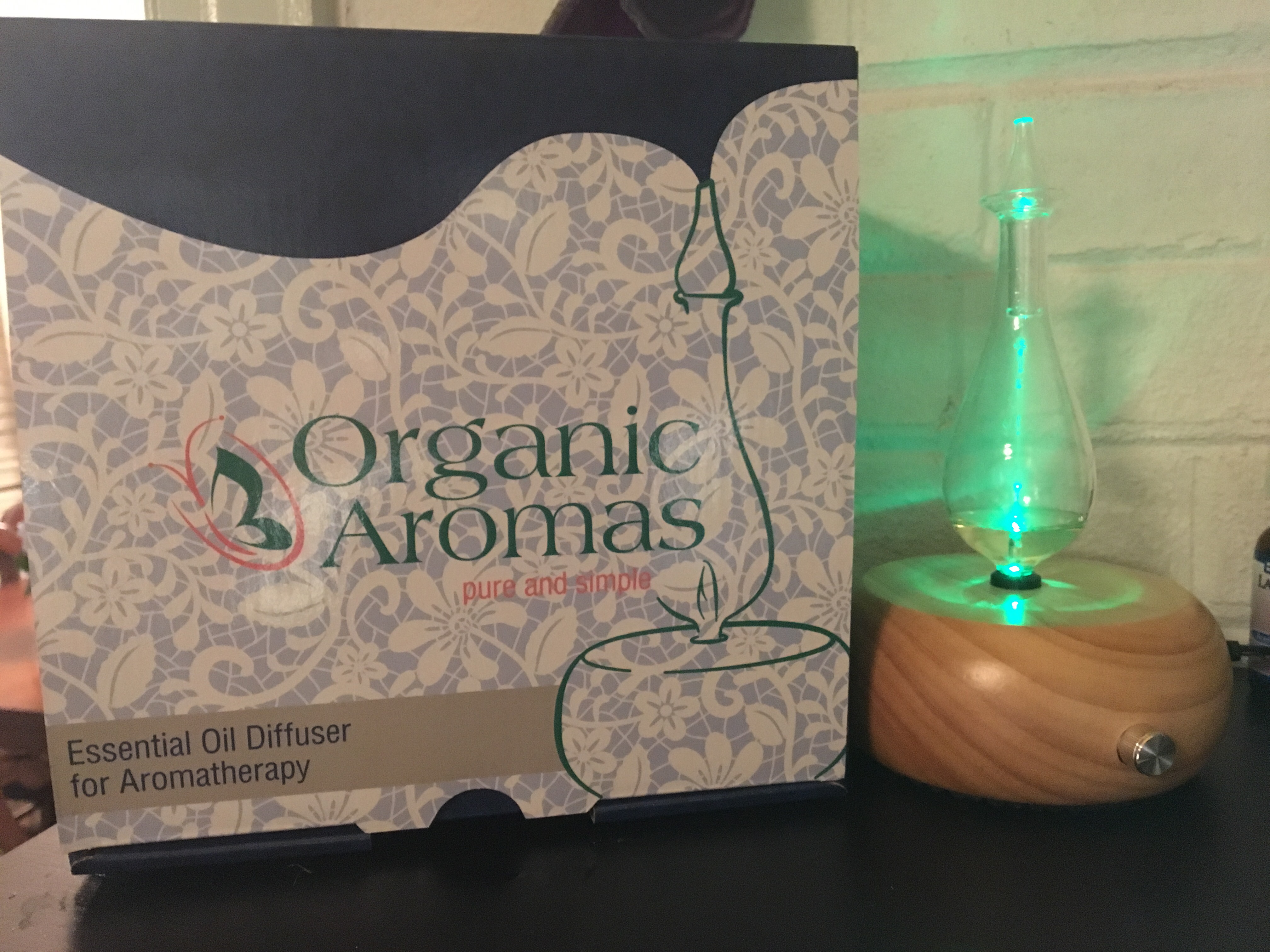
 While I’m highly sensitive (and reactive) to smells, I also cannot stand anything that stinks, which is why I appreciate the natural aromas of essential oils. However, I never understood the difference until using the Organic Aromas Magnificent Essential Oil Diffuser, and also studying about essential oils in Yoga Instructor Training (YTT). Since I’ve been in (YTT), I’ve increased the frequency of my yoga practice, which often uses essential oils at the end of class for aromatherapy — something that many massage therapists integrate into their practices as well. In YTT, we’ve learned about essential oils, where they come from, how they are made, their extensive medicinal history, and much more. Of course, not all essential oils are created the same, and it’s important to make sure that you research the ingredients in a bottle that states that it’s essential oil. Many times, synthetic and processed products are used to recreate the same scents that essential oils give off, or pure essential oils are mixed with other synthetic ingredients that can often change not on they way they smell, but their wellness and healing properties as well.
While I’m highly sensitive (and reactive) to smells, I also cannot stand anything that stinks, which is why I appreciate the natural aromas of essential oils. However, I never understood the difference until using the Organic Aromas Magnificent Essential Oil Diffuser, and also studying about essential oils in Yoga Instructor Training (YTT). Since I’ve been in (YTT), I’ve increased the frequency of my yoga practice, which often uses essential oils at the end of class for aromatherapy — something that many massage therapists integrate into their practices as well. In YTT, we’ve learned about essential oils, where they come from, how they are made, their extensive medicinal history, and much more. Of course, not all essential oils are created the same, and it’s important to make sure that you research the ingredients in a bottle that states that it’s essential oil. Many times, synthetic and processed products are used to recreate the same scents that essential oils give off, or pure essential oils are mixed with other synthetic ingredients that can often change not on they way they smell, but their wellness and healing properties as well.
